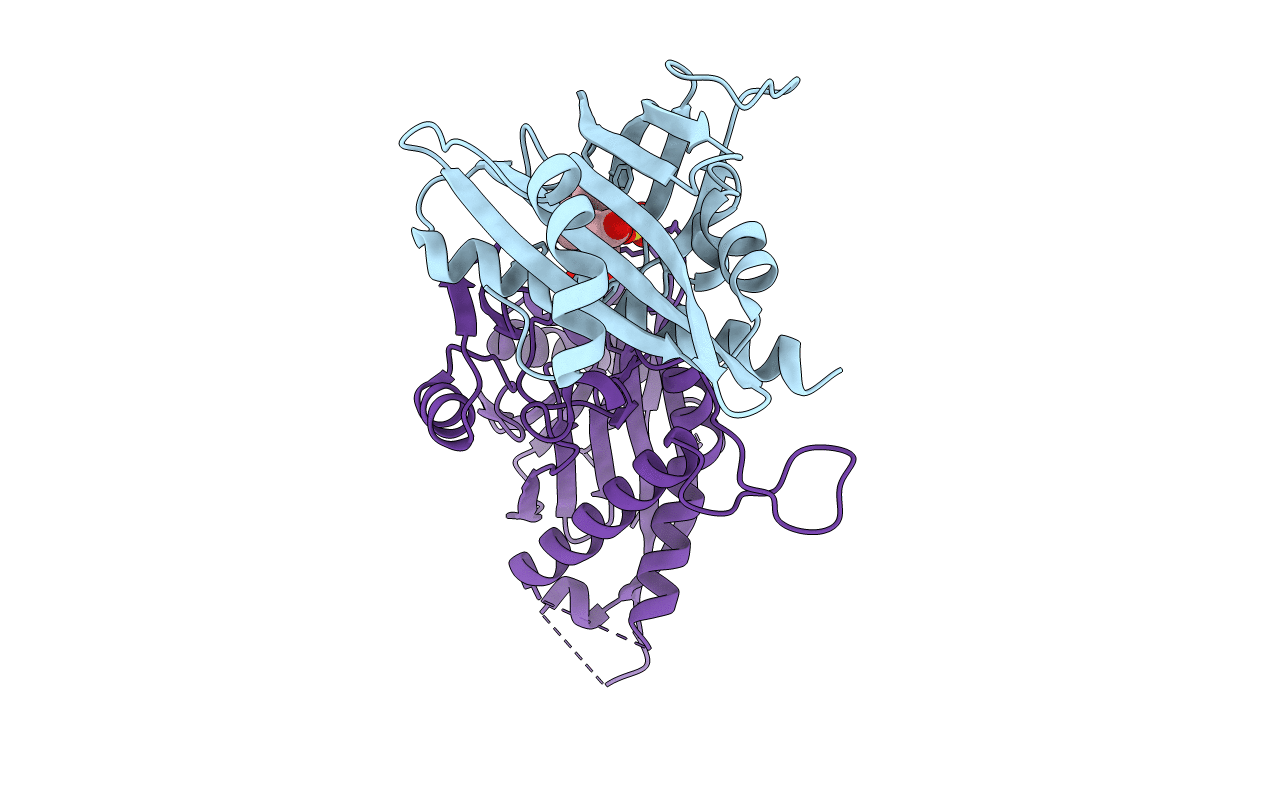
Deposition Date
2011-07-27
Release Date
2012-06-13
Last Version Date
2023-12-20
Entry Detail
PDB ID:
3ZVU
Keywords:
Title:
Structure of the PYR1 His60Pro mutant in complex with the HAB1 phosphatase and Abscisic acid
Biological Source:
Source Organism:
ARABIDOPSIS THALIANA (Taxon ID: 3702)
Host Organism:
Method Details:
Experimental Method:
Resolution:
2.10 Å
R-Value Free:
0.23
R-Value Work:
0.18
R-Value Observed:
0.18
Space Group:
P 21 21 21


